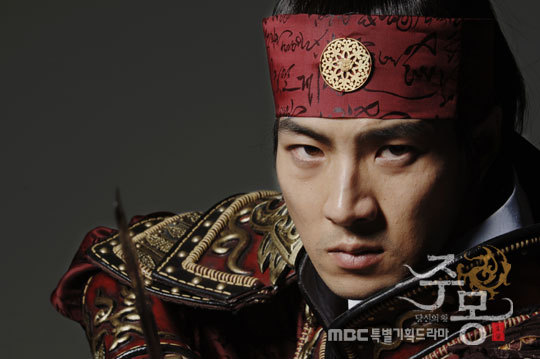Photo






ORIGINAL ART FOR MY SEULRENE, 2YEON, MICHAENG, RYURYEONG, KWONCHANGE FANFICTION:
The Altar of the Monarchs
https://www.asianfanfics.com/story/view/1460673/the-altar-of-the-monarchs
#seulrene#redvelvet#fanfiction#written#story#fantasy#historical#kpop#wannaone#exo#sehun#d.o.#kyungsoo#seongwoo#ong seongwoo#kang daniel#itzy#lee chaeryeong#lee chaeyeon#izone#eunbi#irene#seulgi#bae joohyun#bae irene#kang seulgi#yeri#sooyoung#wendy
7 notes
·
View notes
Photo



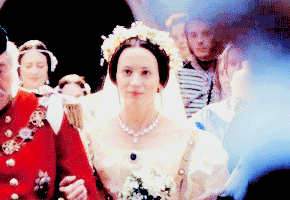

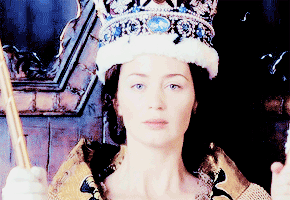


history meme | queens/empresses [3/5]
Queen Victoria was crowned queen of the British empire at only age eighteen in 1837. She was a woman of complexity and contradictions, at once one half of the greatest love story of royal history with Prince Albert, yet a far from loving mother; a woman who could feel sympathy, yet also was virulently anti-Irish; was a sovereign queen, yet violently anti-feminist and didn’t think women were fit to rule. At the time she died, she reigned longer than any English monarch in history.
The important thing is not what they think of me, but what I think of them. - Victoria
216 notes
·
View notes
Photo





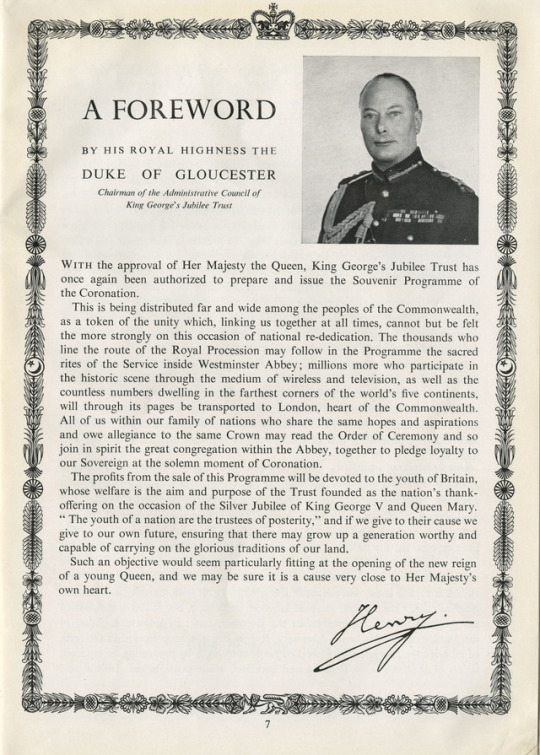
This program commemorated the coronation of Elizabeth Windsor, as Queen Elizabeth II of England, on June 2, 1953. At the same ceremony, she assumed the title of ‘Sovereign’ of most Commonwealth nations. To this day, the Queen holds sixteen regnal titles and dozens of honorifics.
The program features photos of the Royal Family, poems, songs, an overview of coronation procedures, and a history of monarchal and imperial coronations in Britain. It comes to us as part of the Barbara Denison collection. Ms. Denison was present at the coronation and was a lifelong collector of Royal Family memorabilia.
382 notes
·
View notes
Photo

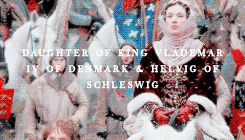




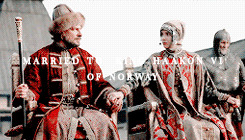
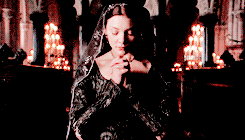


women in history → queens/monarchs
↳ Margaret I of Denmark, Norway, & Sweden
“There were troubles in store for Queen Margaret, but her unification of the three kingdoms marked the start of a new and prosperous era for the Scandinavian people. In light of the turbulent history of those realms – a history of war and plague and usurpation - Margaret’s triumph establishes her as one among the most remarkable of European monarchs. Yet the fame that is her due has somehow eluded her. […] Were the writers of history concerned with justice, the name of Margaret, daughter of Valdemar King of the Danes, would surely outshine many another royal name known to the merest child at school.”. – R. White, These Stones Bear Witness
(requested by anonymous)
416 notes
·
View notes
Photo




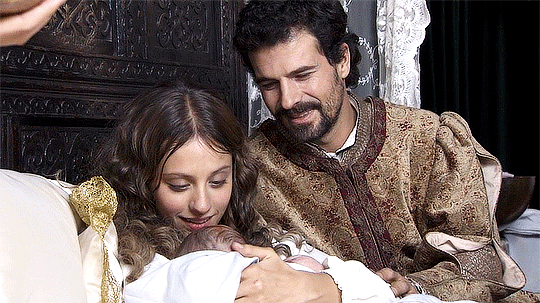

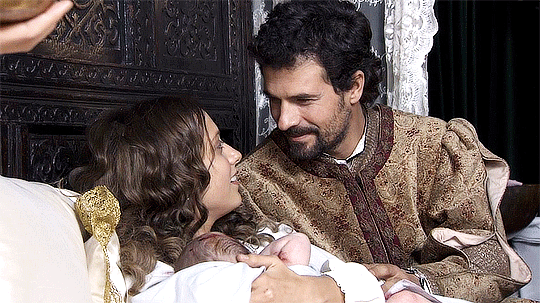
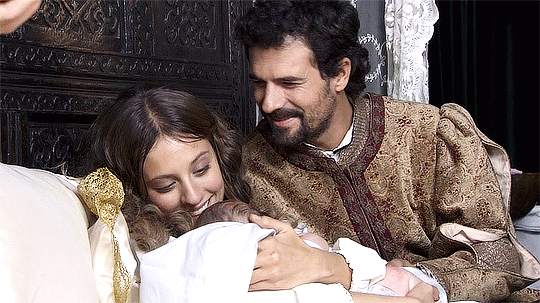

On this day in history: birth of Isabella of Aragon, the firstborn daughter of The Catholic Monarchs
On October 2, in Dueñas, Isabel gave birth to a daughter. Her letter of announcement, recalling that of her own birth, spoke ambiguously of the arrival of an infante.10 The child, as customary in her maternal line, was named Isabel, and, if her mother was initially disappointed in her sex, she yet cherished her greatly.
Peggy K. Liss, „Isabel the Queen”
On October 2, 1470, Isabella gave birth to a daughter. Few details have been preserved except that the labor began during the night of October 1. Thereafter “the caballeros and Ferdinand spent many anxious hours worrying about Isabella’s dangerous condition” until finally somewhere “between nine and twelve” on the morning of October 2, Isabella de a luz, that is, “gave to the light,” a baby girl. The child, who was blond and well formed, was christened by Carrillo and named Isabel for the three generations of women on her maternal side who bore that name before her. It is said that Isabella delivered the child with the assistance of one, or possibly two, midwives, for in fifteenth-century Castile physicians rarely attended births, even of royalty. In accordance with Castilian tradition, five other witnesses attended the royal birth, as had been the practice for a century ever since Pedro the Cruel’s wife had attempted to pass off a Jewish male infant as her own. Almost certainly, Isabella delivered her daughter while sitting upright or reclining slightly upon a birthing chair or stool. In the late Middle Ages such devices were made of wood with an opening at the bottom to facilitate the mother’s expulsion of the baby with minimum pain and the aid of gravity. Women of the time universally anticipated the pain of natural childbirth. While midwives occasionally administered alcoholic beverages to retard labor in difficult births (as, for example, in breech deliveries), no other anesthesia was available. Death from the delivery itself, from infections, or from subsequent complications was a real possibility. Mortality studies of the era suggest that one-quarter to one-third of female deaths were related to childbirth. As a result, most marriages seldom lasted more than a decade. Thus any pregnant woman had reason to be anxious. Doubtless, during her pregnancy the devout Isabella had contemplated the possibility of her own death as well as the spiritual implications of her afterlife. But as a princess and future Queen of Castile, Isabella was also concerned about her dignity on earth during the birth process itself. Her one request during labor was that a silken veil be placed over her face so that her attendants would not see her grimace.
Nancy Rubin Stuart, „Isabella of Castile: The First Renaissance Queen”
133 notes
·
View notes
Photo








The Lost Kings & Queens of England + Part I
Robert Curthose, Duke of Normandy (1051-1134): The eldest son of William the Conqueror, the first Norman king of England, and Matilda of Flanders. Passed over in the succession in favor of his younger brother upon his father’s death and later imprisoned for nearly three decades by his youngest brother, Henry I.
Empress Matilda (1102-1167): The firstborn child of Henry I and his first wife, Matilda of Scotland. Named as the heir to the throne upon her brother’s death but the crown was seized by her cousin, Stephen of Blois, resulting in the civil war known as the Anarchy.
Eustace IV, Count of Boulogne (1127-35 - 1153): The eldest son of King Stephen of England and Countess Matilda I of Boulogne, he became heir apparent to the throne when his father claimed the crown in 1135 but died suddenly during his father’s civil war while plundering church lands.
Henry the Young King (1155-1183): The eldest surviving son of Henry II of England and Eleanor of Aquitaine, he was the first and only Junior King of England to be crowned in English history. After years of rebelling against his father, he died of dysentery during one such campaign.
Arthur I, Duke of Brittany (1187-1203): The posthumous son of Geoffrey II, Duke of Brittany - a son of Henry II - and Constance, Duchess of Brittany, he was designated heir to the throne in 1190 by his childless uncle, King Richard I, instead of Richard’s younger brother John. Imprisoned by John, who seized the crown after Richard’s death, it is said that he was murdered by his own uncle.
Edward, the Black Prince (1330-1376): The eldest son of Edward III and Philippa of Hainault, he died one year before his father of dysentery while on campaign during the Hundred Years’ War.
Edward of Westminster, Prince of Wales (1453-1471): The only son of Henry VI and Margaret of Anjou, he was killed at the Battle of Tewkesbury during the War of the Roses after his mentally unstable father lost the throne to his Yorkist cousin, Edward IV.
“The Princes in the Tower” (1470 & 1473 - 1483): The only sons of Edward IV and Elizabeth Woodville - Edward V and Richard of Shrewsbury, Duke of York - they were imprisoned in the Tower of London when their uncle, Richard III, seized the throne after their father’s death. The two boys disappeared in 1483 and were never seen again, leading many to believe that they were murdered by their uncle.
217 notes
·
View notes
Photo

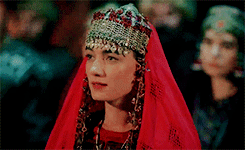

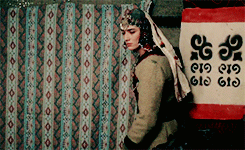




Shajar al-Durr (Arabic for Tree of Pearls) was said to be of Turkish or Armenian origin when arriving to Ayyubid Court. She was described as pious, intelligent, and beautiful, and was bought by As-Salid Ayyub in the Levant before he became Sultan of Egypt. When he became Sultan of Egypt in 1240, she came with him, married him, and bored him a son named Khalil. When her husband died in 1249, his son suceeded him as Sultana of Egypt, Turanshah. Turanshah had a brief reign from 1249-50, but was abusive in power. Shajar al-Durr had him disposed and killed, and took full power as Sultana with the support of the military and court. Shajar remarried, Izz al-Din Aybak as her co-monarch becoming the second female Muslim in Islamic History to rule in her own right. When the French tried to take Egypt, she defeated them and took Louis IX as hostage until a treaty had been issued and he was released. Aybak wanted to take two more wives and Shajar did not agree with this. In 1257 he was strangled by her orders in his bath by servants. This began Shajar’s downfall, for later in 1257, she was said to be the one to do the killing by her own stepson’s ladies, and was arrested to the Red Tower. She was stripped and beaten to death, and her body was found in the Citadel. Some historians say that she was dragged by her feet and thrown into the moat, left for three days, wearing nothing but pearls and smelling of musk. Shajar laid to rest in a tomb near the Mosque of Tulun, and is decorated with a mosaic of the “tree of life”. Though her fate was harsh, Shajar al-Durr will forever be known as one of the most famous female Muslim Monarchs in Islamic History.
861 notes
·
View notes
Photo








I think something terrible happened to the people here.
Kingdom (2019)
2K notes
·
View notes
Photo




by far my favorite character on netflix’s kingdom is this complete badass who is always down to fight anyone or anything
armed police? FUCK YOU
prison cell? FUCK YOU TOO
zombie? FUCK OFF
evil palace guard? I THINK THE FUCK NOT
2K notes
·
View notes
Photo

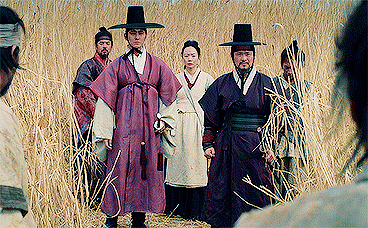
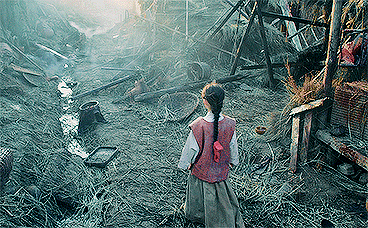


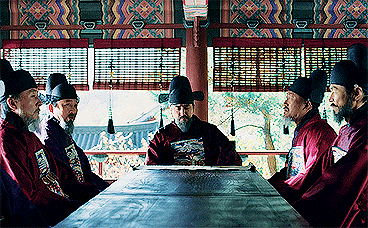
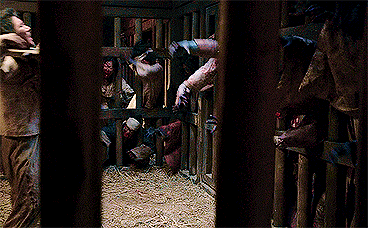

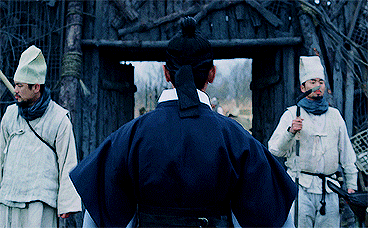

there was something monstrous in the hallway.
it was not human.
kingdom season 1 (2019)
6K notes
·
View notes















